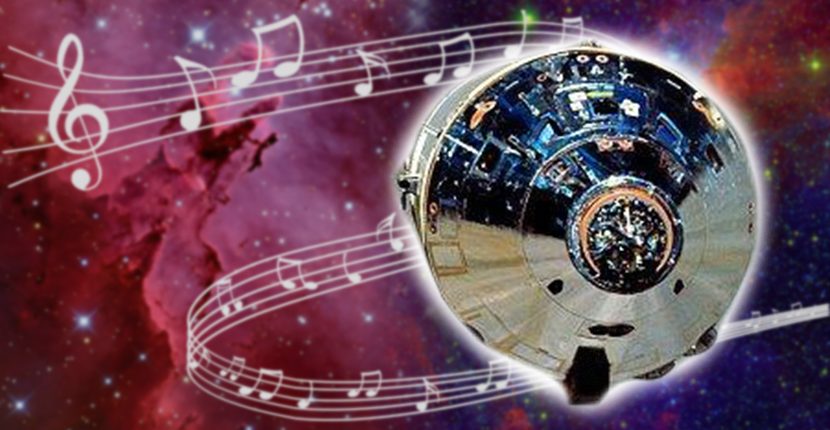“Houston, we have a sound!”
Apollo 13 was to take men to the Moon’s surface in April 1970, but had a problem and never made it. Apollo 12 did in November 1969. Apollo 11 was the first to make that giant leap for mankind in July of that year. Its crew, the first to take small steps on a surface that was not our planet’s.
Just a couple of months earlier, the team involved in the United States Apollo mission that essentially paved the road for that ground-breaking next step in space came really close, less than 10 miles from the Lunar surface.
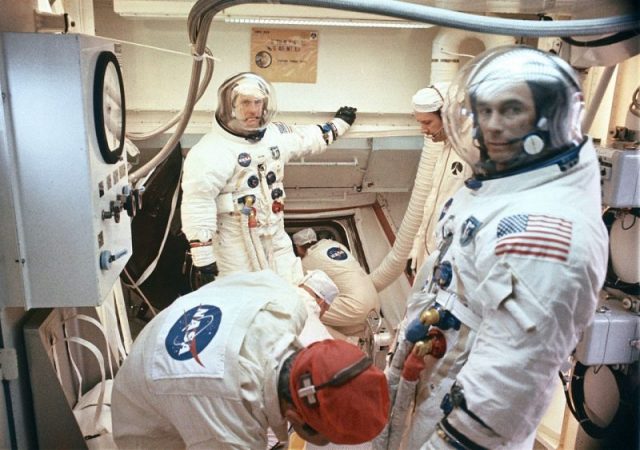
Needless to say, they never set foot on it. That wasn’t the Apollo 10 mission’s purpose. They were there to scout ahead of the moon landing mission — to survey, observe, and report. And reportedly while doing so, they heard a strange noise.
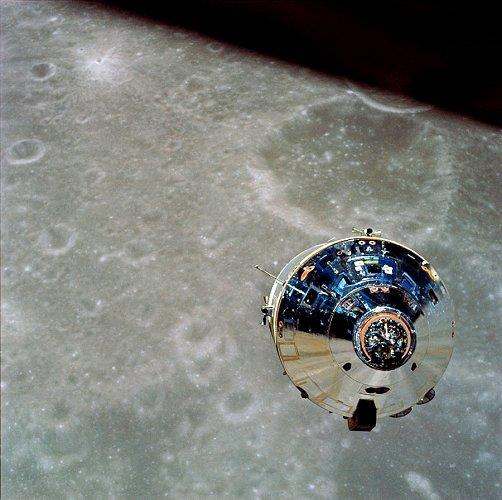
As the craft passed around the far side of the moon, the part of it’s orbit where it was just them and the void of space, the Earth hidden from their view behind the moon, the crew encountered an unexplainable “whistling sound,” an “outer-spacey music.”
None of them knew where it came from, but nonetheless the sound reverberated loudly in their headsets as they traversed the “Dark Side of the Moon.”
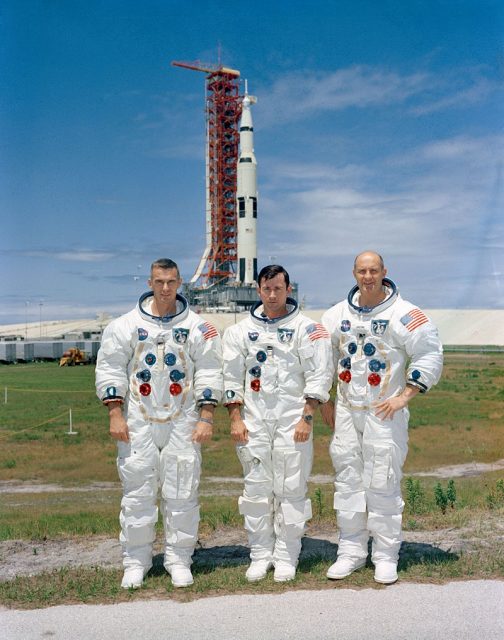
NASA couldn’t explain what the crew reported so it was labeled as classified right away. The Apollo 10 mystery sound remained hidden from the public until very recently when, in 2008, NASA were contractually bound to declassify everything and release a full transcript of the recordings.
Commander Thomas P. Stafford, Command Module Pilot John W. Young, and Lunar Module Pilot Eugene A. Cernan were one hundred and two hours into space after their launch from the John F. Kennedy Space Center in Florida on May 18, 1969, when Cernan first mentioned this space oddity:
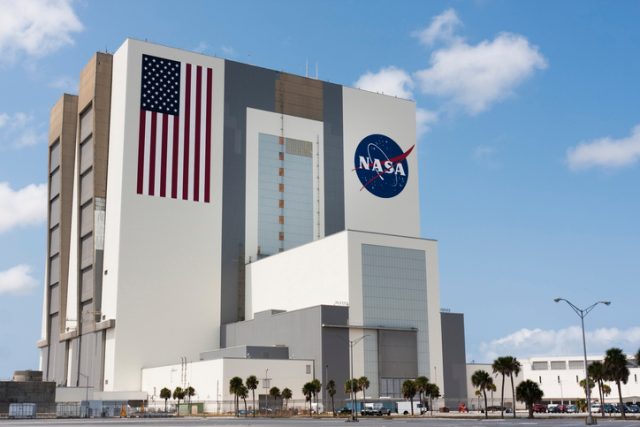
“That music even sounds outer-spacey, doesn’t it? You hear that? That whistling sound?”
The Apollo 10 astronauts were instructed to make an hour-long trip around the Moon and test everything that was to take place during the next mission, the actual landing, as they passed around behind it.
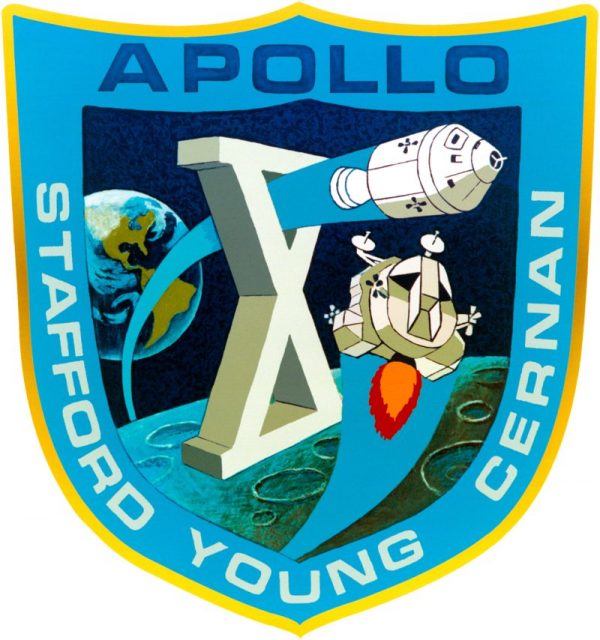
This was supposed to be nothing but a dress rehearsal, a simulated moon landing for Neil Armstrong, Michael Collins, and Edwin “Buzz” E. Aldrin, Jr.
Two spacecraft were traveling separately to better determine the Lunar gravitational field for further real-life liftoffs, and at that point were behind the far side of the Moon, far beyond the reach of any radio broadcast from Earth.
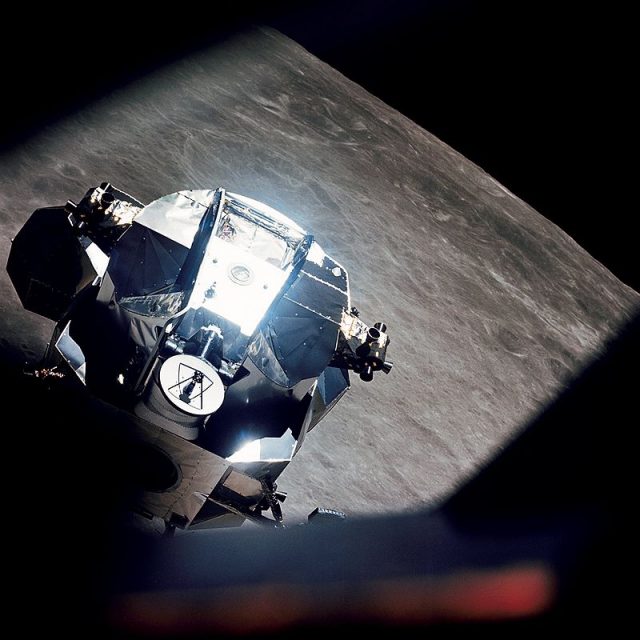
Stafford, who was with Cernan in the Lunar Module, a.k.a. Snoopy, confirmed he heard it as well. It sounded like an extended “whooooooooooo” to Cernan, and Young who was all the while back in the Command Module, a.k.a. Charlie Brown, was relieved to hear that the other two crew members had noticed what he did just a short while ago: “Did you hear that whistling sound, too?” he asked. “Yeah,” answered Cernan from the other side. “Sounds like – you know, outer-space-type music.”
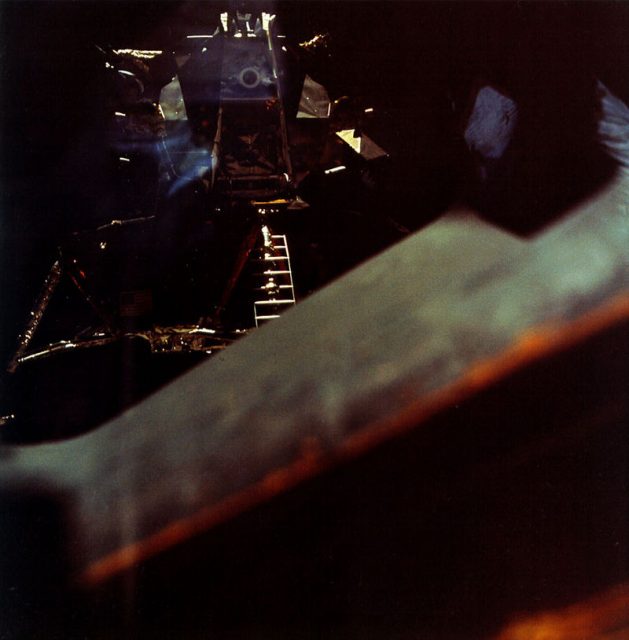
Young wandered what it was, everyone did in fact. For it wasn’t just a one-time occurrence but a continual buzzing sound that lasted for an hour off and on.
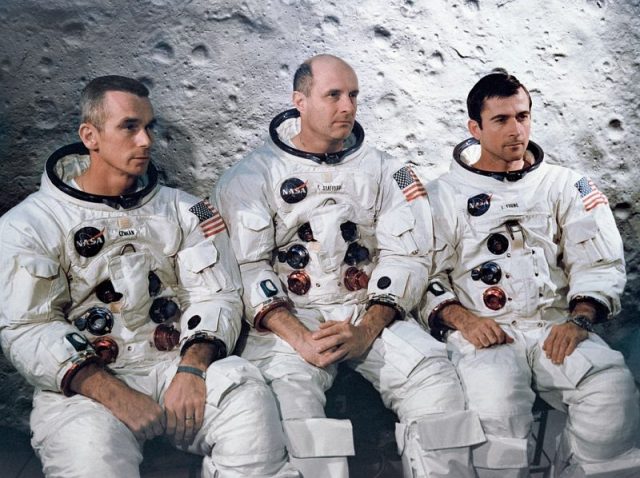
The crew is even heard discussing whether they should inform the NASA Mission Control Center about it or not, stating, “nobody will believe us.”
However, by the end of the conversation, Young suggests that the noise they were hearing is “probably due to the VHF (Very High-Frequency radio) ranging.” In other words, the whistling sound was nothing more than radio interference between the two space shuttles.
NASA Apollo moon landings conspiracies
Most recently in 2016, almost 50 years after this outer space conundrum, Discovery’s Science Chanel television series “NASA’s Unexplained Files” released an episode centered around the “outer space music” heard by the Apollo 10 crew, claiming that there was probably something more to it.
Something that was kept hidden from all of us over the years. An attempt from an alien civilization to establish a contact, perhaps? Or something that the astronauts just picked up but were unable to decipher.
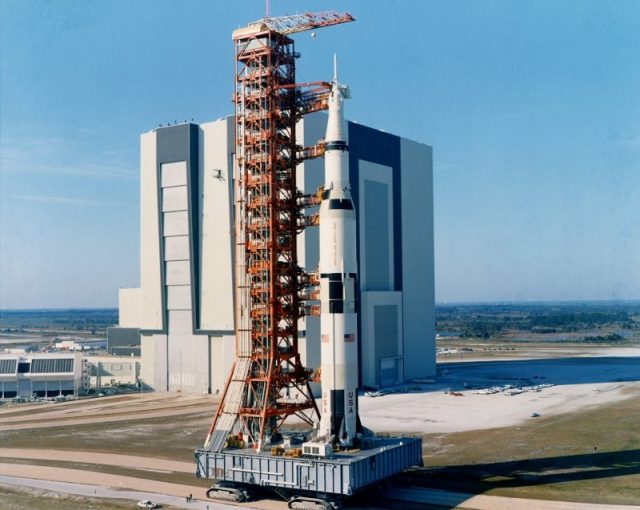
According to NASA and its engineers, it was radio interference. According to Apollos 15’s astronaut Al Warden, it wasn’t. He “doesn’t agree with the radio theory,” stating during the last minutes of the episode, “logic tells me that if there was something recorded on there, then there was something there.”
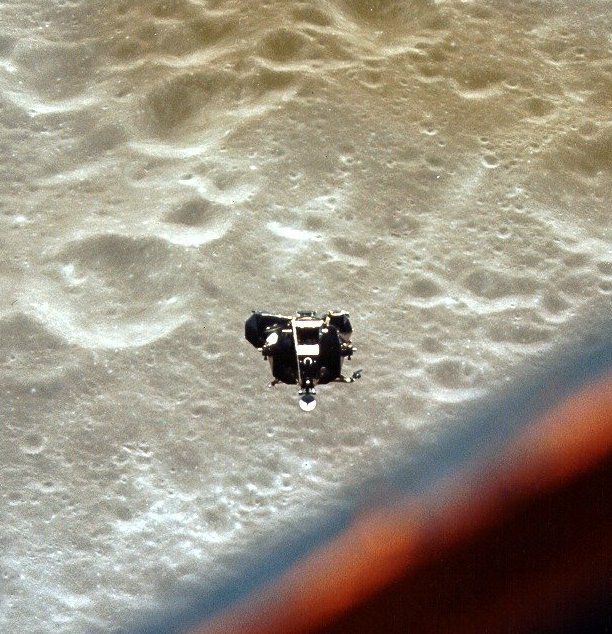
Was it something sinister? Something ominous and alarming? Or was it just feedback between two radios of two modules as Young first thought. Who knows. “To date, the origin of the noises mentioned in the Apollo 10 recordings remains a mystery,” ends the narrator in the episode.
What is for certain are three things at least:
First, that “Two possibilities exist: either we are alone in the Universe, or we are not. Both are equally terrifying,” as science fiction legend and loud advocate of the importance of science Arthur C. Clarke once wrote.
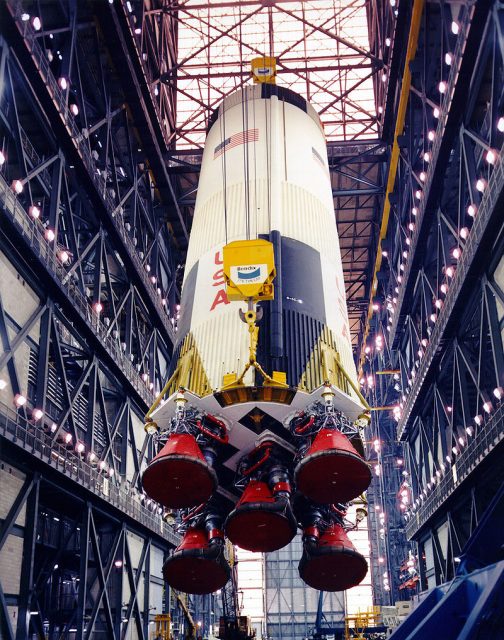
Second, as Al Warden said on the show to back up his stance against the radio theory, astronauts are usually acclimatized and used to the kind of sounds and anomalies traditionally heard in space. However, this was the first manned mission where two separate spacecraft, each equipped with a radio communication system, was making an orbit around the Moon.
Last but not least, fact number three, the astronauts who were the first to experience that “eerie” whistling feedback during their trip around the moon and back seemed a bit weirded out by the sound they heard. But they appeared to be unalarmed by it. Furthermore, they weren’t the last to hear it.
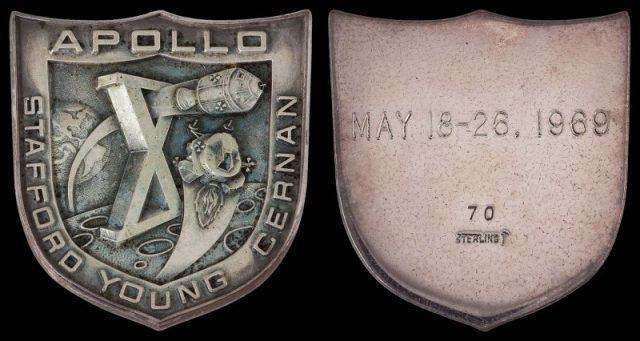
Command module pilot Mike Collins of the Apollo 11 mission, the first person to fly around the dark side of the Moon all by himself as his buddies Buzz and Armstrong were having a blast walking on the lunar surface below, also heard “an eerie woo-woo sound.”
“There is a strange noise in my headset now, an eerie woo-woo sound,” he wrote in his book Carrying the Fire: An Astronaut’s Journeys, published in 1974.
“Had I not been warned about it, it would have scared the hell out of me.”
